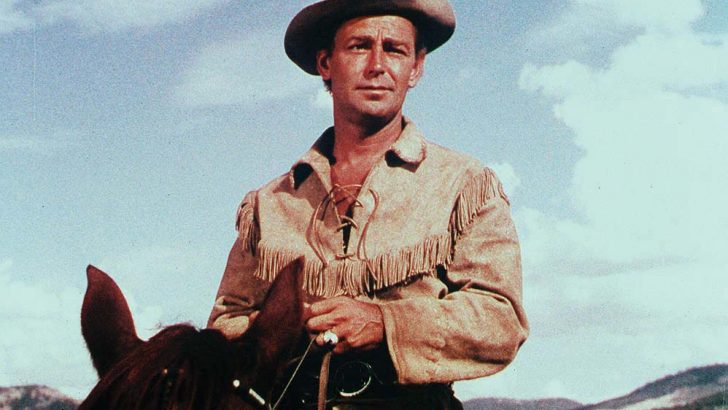This is the 70th anniversary of the making of Paramount’s archetypal western Shane, though it wasn’t released until 1953. Anytime I mention it to anyone of my vintage (there are still a few of us around) I get the response, “It was the favourite film of my childhood.”
Brandon de Wilde played the young boy who idolises the romantic gunfighter (Alan Ladd) riding into a Wyoming valley at the beginning. The film, like the book, is seen through his eyes.
George Stevens, its director, went on to make The Greatest Story Ever Told some years afterwards. This was a re-telling of the life of Christ. In Shane we’re vouchsafed more indirect references to the Bible.
He enters the valley from a high place. (Is it heaven?) His first request is for water. We know how strongly water features in the Bible.
When he first sees Joe Starrett (Van Heflin) he’s cutting wood. One thinks of Joseph the carpenter. Joe’s wife (Jean Arthur) plays a character called Marian. Again the allusion is obvious.
Redemption
Shane is a story of redemption and the purging of evil. The valley appears like a Garden of Eden but there are serpents in it that have to be expunged.
After Shane dispenses with the villains he goes back to his place on high. Does he die? We don’t know. The finale of the film gives suggestions of a resurrection. Light streams through the clouds like sanctifying grace as he rides towards the top of Wyoming’s Teton peaks.
Stevens was well aware of these motifs. He located Shane ‘somewhere between Jesus and an Arthurian knight’.
Jack Palance’s villain is suitably Luciferean. In one scene Shane “sips with a long spoon” as he shares a water ladle with him. Ryker, the leader of the villains, is more nuanced. He resembles Moses as he’s silhouetted against the night sky in a central scene.
I recently wrote a book about the film which you can buy from Amazon or the publisher, Bear Manor Media. It’s called Shane: Paramount’s Classic Western.
Tale
As well as being a tale of good and evil, it’s a story of forbidden love between Shane and Marian. We can even view it as a metaphor for socialism versus capitalism in the tussle between the farmers and the cattle barons.
Alan Ladd deserved an Oscar for his performance but he’d left Paramount at the time so they didn’t mount a campaign for him. Likewise for Arthur and Heflin. Palance and De Wilde were nominated but they cancelled one another out.
The western remains one of the most generally loved of Hollywood’s Golden Era. In my view it always merits an extra viewing, if only for the saloon showdown in the finale.
“I’ve come to get your offer, Ryker.”
“I’m not dealing with you. Where’s Starrett?”
“You’re dealing’ with me.”
And the final cry of de Wilde as his hero departs, “Shane! Come back!”
How those lines still resonate 70 years on.


 Aubrey Malone
Aubrey Malone Alan Ladd starring in Shane.
Alan Ladd starring in Shane. 